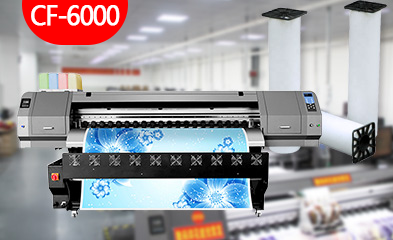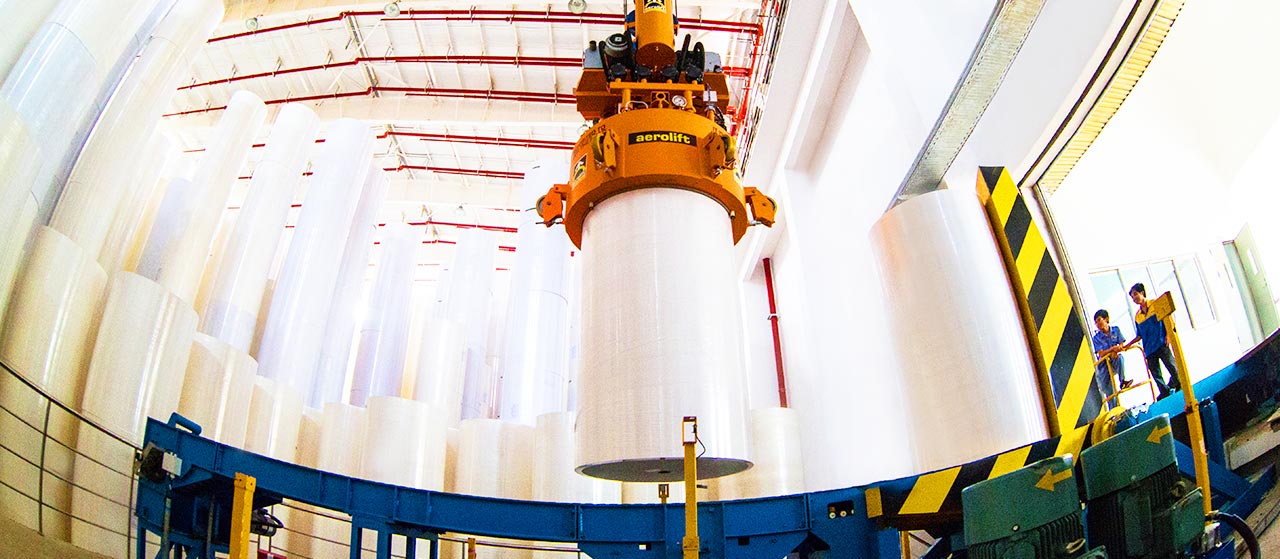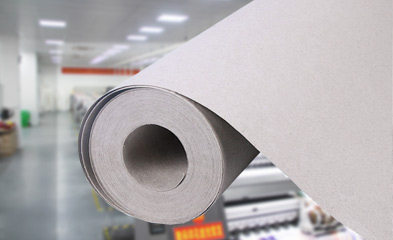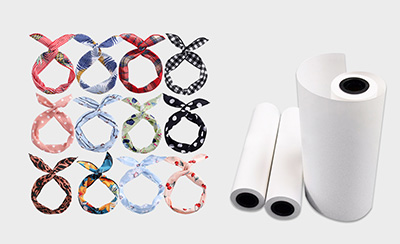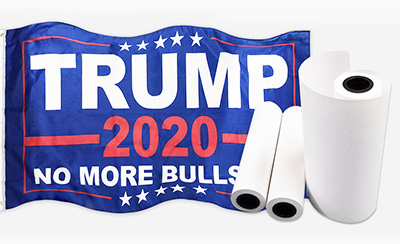HOT SALE
Phone:+86-15215969856 E-Mail: 396838165@qq.com
Direct-to-Film (DTF) heat transfer is changing the clothing printing world. It creates bright, long-lasting designs on many fabric types. However, even with top-notch tools and supplies, mistakes can ruin the final product. Knowing the usual DTF transfer problems—and how to fix them—is key to getting steady, high-quality results.

Common Reasons for DTF Heat Transfer Issues
Several things can cause poor DTF transfer results. Spotting these reasons is the first step to improving your work process.
Wrong Heat and Pressure Settings
Using incorrect heat or pressure during pressing can stop the film from sticking to the fabric. Too much heat or pressure might cause ink to spread or the film to warp. Too little heat or pressure can lead to incomplete transfers or peeling after washing.
Low-Quality Film or Mismatched Inks
Bad films or inks that don’t work together can lead to dull colors, weak sticking, or cracking. For example, Item No.: PET film (Single sided), Product model: PET film, Product type: Single sided cold tearing film, Specifications: 60cm * 100M /roll, Thickness: 0.075mm-0.085mm, Transfer temperature: 150C, Transfer time: 15s. Using films like these with matching inks gives better results.
Not Enough Curing or Drying Time
If the ink isn’t fully dried before adding powder adhesive or pressing, it may smudge or fail to stick to the fabric. Proper drying time is vital for ink stability and adhesive bonding.
Unsuitable Fabric Choices
Not every fabric works well for DTF printing. Stretchy, rough, or chemically treated fabrics might not stick well or may change shape during pressing. For instance, Item No.: GZP-002, Fabric name: 100D Intelock, Width: 183cm, Weight: 170gsm, Composition: 100%T. Picking polyester-based fabrics like this improves outcomes.
Dirty Transfer Surfaces
Dust, lint, oil, or water on the film or fabric can block proper sticking. Always make sure both surfaces are clean and dry before pressing.
Improving the Heat Press Process
Adjusting your heat press settings and steps is crucial for successful DTF transfers.
Suggested Heat and Pressure Ranges
Most DTF films need a temperature of about 150°C–165°C for 8–15 seconds with medium pressure. For example, Item No.: DTF film (Gold), Product model: PET Gold film, Product type: Gold cold tearing film, Specifications: 30cm/60cm * 100M /roll, Thickness: 0.075mm, Transfer temperature: 165C, Transfer time: 8s. Following these guidelines ensures great transfer quality.
Why Even Heat Matters
Uneven heat plates can cause patchy transfers across a design. Check your press often with thermal strips to ensure all parts of the plate heat evenly.
Tips for Precise Timing
Use a digital timer to keep pressing times consistent. Avoid timing by hand, as mistakes can lead to under- or over-curing.
Keeping Your Heat Press in Top Shape
Regular checks ensure your machine gives accurate heat and pressure. Clean the plates often and inspect parts to avoid breakdowns that could harm transfer quality.
Picking the Best Materials for DTF Transfers
Choosing the right materials is key to creating vibrant, lasting prints.
Choosing Top-Grade DTF Film and Ink
Pick high-quality PET films that fit your printer’s needs. For example, 50gsm Factory Supply High Quality Jumbo Roll Sublimation Paper offers a good transfer rate, strong heat transfer effect, holds plenty of ink, and dries fast. This quality prevents issues like curling edges or fading colors after transfer.
For inks, use eco-friendly solvents that are safe and nontoxic. They should have a wide color range and bright hues. These features ensure smooth printing without clogging nozzles and give rich colors.
Matching Ink to Fabric Type
Fabrics absorb ink differently. Ensure your ink works well with your fabric for the best color and durability.
Why Powder Adhesive Matters for Longevity
Powder adhesive binds ink to fabric fibers. For example, Item No.: DTF Power, Color: 5kg/bag, 25kg/bag, Used For: DTF Printer. Using high-quality powder ensures strong sticking that lasts through many washes without cracking or peeling.
Best Practices Before and After Pressing
Proper steps before and after pressing greatly affect print quality.
Getting the Fabric Ready Before Pressing
Press garments briefly to smooth wrinkles and remove moisture, which can block sticking. Use a lint roller to clear dust from both fabric and film surfaces.
Cooling and Peeling Tips
Let transfers cool fully before peeling to avoid smudging or lifting parts of the design. Most cold-peel films need complete cooling for clean edges.
Checking and Finishing After Pressing
After peeling, check each print carefully under bright light for flaws like missed spots or uneven colors. For extra strength, press again with parchment paper for a few seconds after peeling.
Fixing Common DTF Transfer Problems
Even with good practices, issues can happen. Most are fixable with small changes.
Film Not Sticking to Fabric
This often means not enough pressure or too-low heat during pressing. Double-check your settings against the film supplier’s recommendations.
Colors Looking Dull or Faded
This might come from low-quality inks or wrong curing temperatures. Use inks with a wide color range and bright hues made for DTF, and follow proper drying steps before pressing.
Peeling or Cracking After Washing
If designs peel after washing, it’s likely due to weak adhesive bonding from low pressure or poor-quality powder adhesive.
Ink Spreading or Smudging
This happens when prints aren’t fully dry before adding adhesive powder or when too much powder is used, causing smears during pressing.
Maintenance Tips for Steady DTF Results
Regular care keeps your equipment working well and ensures consistent quality over time.
Cleaning and Storing DTF Equipment
Clean printer heads often to avoid clogs from dried ink. Store unused PET films in cool, dry places away from sunlight to keep their coating intact.
Checking Ink and Film Shelf Life
Always look at expiration dates on inks and adhesives. Expired materials may not work well, even in perfect conditions.
Routine Testing and Quality Checks
Do test prints regularly during production to spot issues early before they affect many garments.
Introducing Changfa Digital as a Reliable Supplier
For dependable materials backed by years of digital printing expertise, Changfa Digital offers a great range tailored for professional use worldwide.
Changfa Digital is a professional sublimation paper manufacturer and provides digital printing services for over 15 years. It’s a factory for Sublimation Paper. With four coating lines and ten slitting machines running daily, they offer widths like 61cm, 111.8cm, 195cm, and more.
Overview of Changfa Digital’s Product Line
- Sublimation Paper– Available in weights from 40gsm to 100gsm, suitable for various uses.
- Printers– Work with Epson I3200 nozzles.
- Sublimation Ink– Offers smooth printing at 360dpi for 20 meters without stopping.
- Heat Transfer Machines– Built for precise transfers.
- Tissue Paper– Used as protective layers during pressing. Weight: 30GSM (White/Grey paper), Length: 1000m/roll.
Commitment to Quality and Innovation
Changfa Digital is a sublimation paper manufacturer that handles everything from base paper to coating and slitting. Their German-made coating lines ensure steady quality for global markets. They produce 3000 tons per month.
Global Reach and Customer Support
Changfa exports over 120 containers monthly worldwide. They offer 24-hour service with professional staff online to help customers.
Summary of Key Tips to Avoid Failures
Mastering DTF heat transfers needs care at every step—from picking materials to maintaining equipment:
- Focus on proper process control, like correct heat, time, and pressure.
- Choose top-quality materials that match your printer and fabric.
- Maintain equipment regularly and do test runs to ensure quality.
Using these tips helps you avoid common mistakes and create vibrant designs that last through wear and washing.
FAQs
Q1: What heat and pressure should I use for DTF transfers?
A: Most PET films need 150°C–165°C with medium pressure for about 15 seconds, depending on the film type, like cold peel glitter or single-sided matte. For example, Transfer temperature: 150C, 15s, based on the product type.
Q2: Why does my DTF transfer peel after washing?
A: Peeling often comes from weak bonding due to low pressure or poor adhesive powder. For example, Item No.: DTF Power, Used For: DTF Printer. Proper curing times also boost wash resistance.
Q3: Can I use any fabric for DTF transfers?
A: Many fabrics, especially polyesters, work well with DTF. However, not all are ideal. For example, Item No.: GZP-003, Fabric name: 100D Intelock, Composition: 100%T. Avoid very stretchy or rough fabrics unless tested first under controlled settings.



